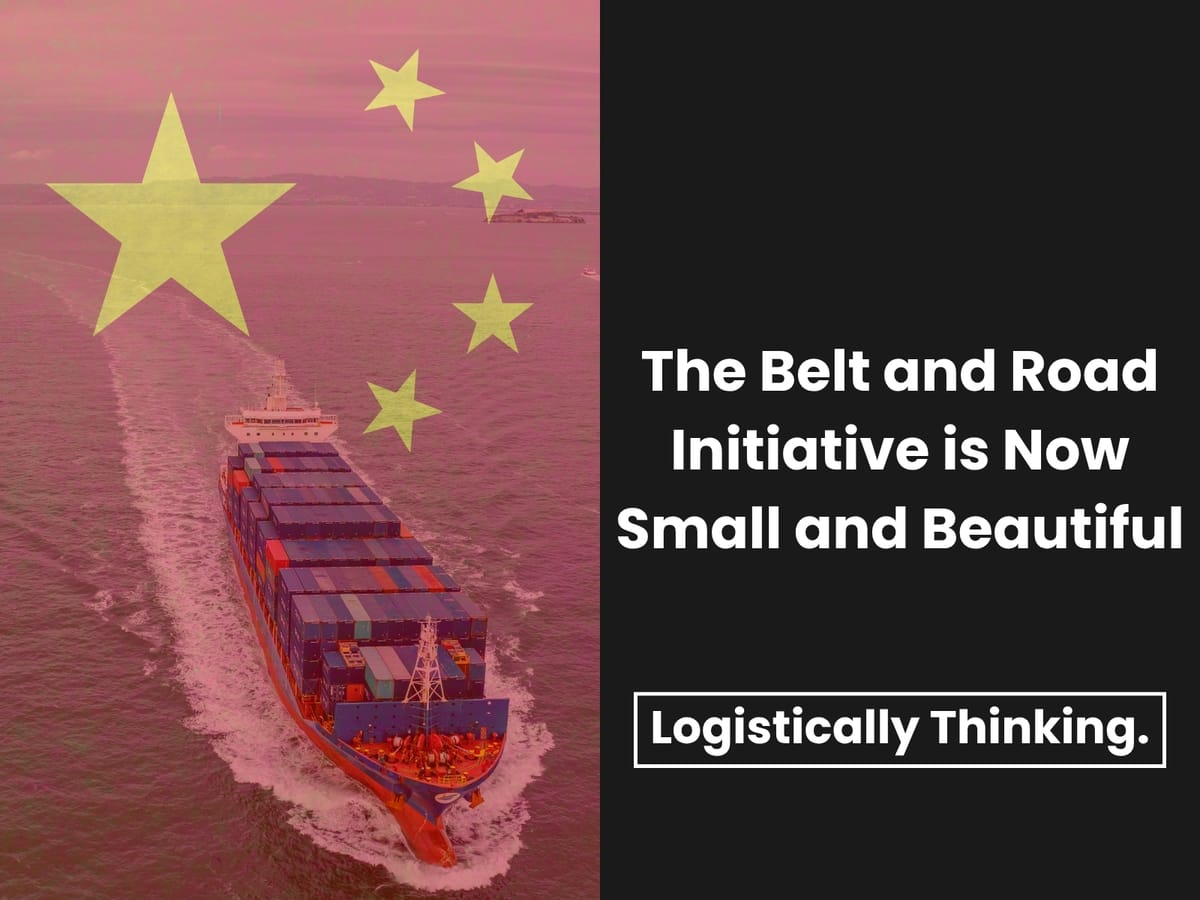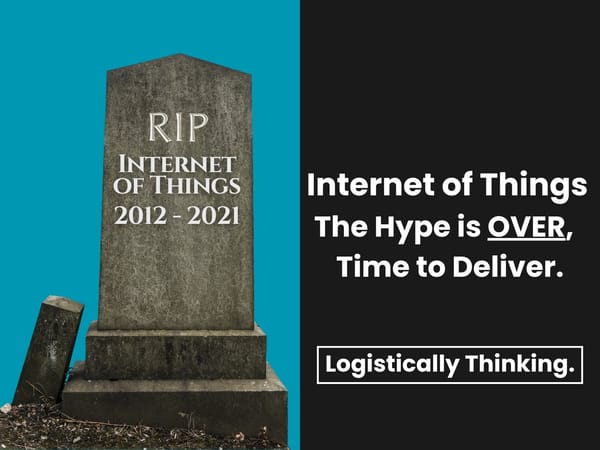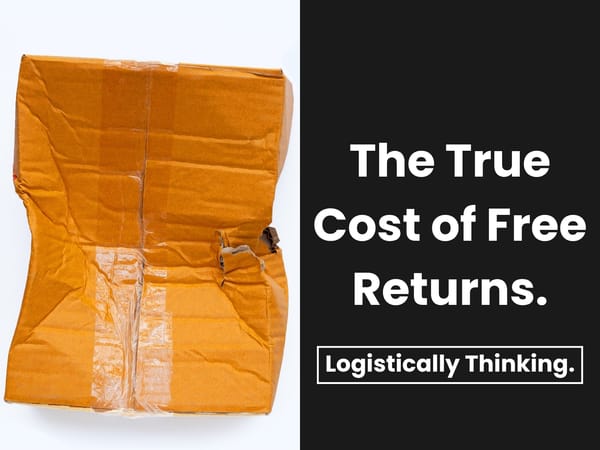How "Small and Beautiful" Now Defines the Belt and Road Initiative
The BRI is now best understood as two divergent tracks: commercially grounded projects that create real economic value, and politically motivated ventures that often conceal operational risk.

Over ten years after it launched with bold promises and global headlines, China’s Belt and Road Initiative (BRI) is still shaping infrastructure and trade, albeit in a more subtle manner. The initiative has entered a more pragmatic and calculated phase, as expansive investment in megaprojects gives way to a more risk-aware and technologically focused strategy. The BRI is now best understood as two divergent tracks: commercially grounded projects that create real economic value, and politically motivated ventures that often conceal operational risk.
I. Small and Beautiful: The BRI’s New Focus
China's Belt and Road Initiative has pivoted toward smaller, more targeted investments where financial realism now takes priority to political prestige. This new guiding principle, officially branded as "small and beautiful" (小儿美) since late 2021, marks a clear departure from the previous emphasis on size.
The most tangible evidence of this reset is a dramatic financial retreat from the peak levels of the mid-2010s. Overseas development finance from China's two primary policy banks, the China Development Bank (CDB) and the Export-Import Bank of China (CHEXIM), declined sharply from a high of over $80 billion in new funding in 2016 to approximately $5 billion by 2021.
This financial pullback directly reflects the shrinking scale of new projects. Analysis from Boston University's Global Development Policy Center quantifies the trend: the average loan commitment from Chinese development finance institutions fell from a peak of $534 million during the BRI's first phase (2013-2017) to $378 million in the subsequent 2018-2021 period. This is particularly apparent in the energy sector, where the average loan amount for a project in 2023 was just $167 million, a steep drop from the $574 million average recorded for the pre-2022 period.
The pivot is also visible in a re-focusing of sectoral investment. Since 2017, Chinese development finance institutions have made no new general-purpose commitments to major state-owned oil companies in countries like Russia, Brazil, and Angola, which were previously top recipients. While funding for transportation infrastructure has also diminished, it has remained a relatively more resilient area of focus, accounting for a third of all loans between 2018 and 2021. This strategic shift was compelled by a combination of China's own economic pressures, international criticism over debt sustainability, and a sobering reassessment of the risks and returns of overseas lending.
II. The BRI's Debt Dilemma: Deconstructing the Debt Trap Narrative
No aspect of the Belt and Road Initiative has attracted more scrutiny than its impact on the debt sustainability of participating nations. The debt-trap diplomacy narrative, which suggests that China deliberately extends unsustainable loans to seize strategic assets, has undoubtedly dominated headlines. However, a more nuanced look reveals a complex reality of commercial motivations, host-country agency, and an evolving approach from Beijing as it grapples with its new role as the world's largest official creditor.
While this narrative is compelling, a growing body of research from institutions like Chatham House suggests it is often an oversimplification. Evidence indicates that China's lending is driven more by the commercial motives of its various state-owned banks and a fragmented bureaucracy than by a coordinated geopolitical plot to bankrupt nations.
This complexity is evident in two key cases:
- Zambia: In 2020, Zambia defaulted on its sovereign debt. The ensuing restructuring was complicated not by a Chinese attempt to seize assets, but largely because its lenders insisted that other major creditors, including private bondholders and Multilateral Development Banks, also accept losses and provide comparable debt treatment. This points to competition among creditors rather than a singular power play.
- Sri Lanka: The 2022 default and the 99-year lease of the Hambantota Port are often presented as the archetypal example of a debt trap. However, analyses show that debt to China constituted only a portion of Sri Lanka's total external debt, with the majority owed to international bondholders and other creditors.
Facing intense international criticism, Beijing has taken tangible steps to address these concerns. In a significant policy shift in 2019, China's Ministry of Finance released a "Debt Sustainability Framework" modeled almost identically on the one used by the IMF and the World Bank. Furthermore, China’s decision to join the G20's Common Framework for Debt Treatments marked a historic turning point, moving it away from purely bilateral dealings and toward multilateral debt relief negotiations. The successful restructuring of $6.3 billion of Zambia's debt in June 2023, a process co-chaired by China and France, stands as a key milestone.
Despite this evolution, fundamental differences remain between BRI financing and Western models. BRI loan agreements are notoriously opaque and frequently contain strict non-disclosure clauses, a stark contrast to the public disclosure standards of the IMF and World Bank. This lack of transparency remains a core differentiator and a source of risk for anyone trying to assess the true financial stability of a BRI host country.
III. A Tale of Two Ports (and a Railway)
"Even the most commercially successful BRI projects are not just business deals; they are strategic moves that create long-term dependencies and place key infrastructure under the influence of a foreign power."
To best understand the Belt and Road Initiative's current stage, one can look at three flagship corridors that reveal this contrast between projects driven by commercial logic and those sustained by political ambition.
The Commercial Success: Piraeus Port, Greece
Piraeus Port stands as the BRI's poster child for commercial success, but this success is itself a lesson in geoeconomics. The Chinese state-backed shipping conglomerate COSCO's acquisition of a majority stake transformed the port into a logistics powerhouse. It now ranks as the busiest container hub in the Mediterranean and the 4th busiest in all of Europe as of 2023. Its container throughput skyrocketed over 5 times from 880,000 in 2010 to over 5 million annually in recent years, while the Piraeus Port Authority posted record-breaking financial results in 2023.
This success, however, is not without its complexities. By securing control over a critical gateway for Asian goods entering the European market, China has embedded itself into a strategic asset on the EU's periphery. This reality creates an undercurrent of geopolitical tension. Piraeus demonstrates that even the most commercially successful BRI projects are not just business deals; they are strategic moves that create long-term dependencies and place key infrastructure under the influence of a foreign power.
The Geostrategic Asset: Gwadar Port, Pakistan
Gwadar Port, the crown jewel of the China-Pakistan Economic Corridor (CPEC), offers a stark contrast. Despite massive investment, the port remains a commercial failure, handling a mere 34,000 tonnes of cargo in the 2023-2024 fiscal year. For comparison, Pakistan's Karachi Port handled 64 million tonnes during the same period. A host of fundamental challenges cripple Gwadar's operations, including prohibitive costs, persistent security threats from insurgent groups, and a lack of road and rail connectivity to the rest of the country. Gwadar’s primary value to China is not commercial throughput but its long-term strategic potential as an alternative energy import route that bypasses the Malacca Strait and as a potential future naval base with direct access to the Indian Ocean.
The Hybrid Corridor: The China-Europe Rail
The China-Europe rail network represents the complex middle ground. The corridor has proven its commercial value, especially as a resilient alternative during periods of maritime disruption. In the wake of the 2024 Red Sea crisis, for example, westbound freight volumes from China to the EU surged by over 130%. The railway's value proposition is speed, with transit times of 15-20 days offering a compelling middle ground between slow sea freight and expensive air freight.
This increased speed and reliability on key east-west trade lanes directly challenges outdated e-commerce fulfillment models, such as the traditional dropshipping framework that relied on slow sea freight, and enables more responsive and competitive supply chains.
However, the corridor’s viability is volatile. A significant structural weakness is the severe imbalance in trade flows; while westbound traffic is strong, eastbound traffic from the EU to China remains weak, falling by 26.7% in 2024. This imbalance, reflecting soft consumer demand in China, means many containers make the return journey empty, which impacts overall profitability. The railway, therefore, functions as a maturing logistics corridor and an alternative option for time-sensitive goods, but not yet a full-scale substitute for ocean shipping due to its capacity constraints and geopolitical dependencies.
IV. The New Initiatives: The Digital and Green Silk Roads
As the Belt and Road Initiative evolves, its strategic focus sharpens on two high-tech, high-value frontiers: the Digital Silk Road (DSR) and the Green Silk Road (GSR). These initiatives are not mere add-ons but are increasingly the core of BRI 2.0, reflecting China's ambition to export technology, standards, and influence in the defining industries of the 21st century. For logistics professionals, this pivot presents a complex mix of opportunities for enhanced connectivity and significant new risks.
The Digital Silk Road: Building For Technological Dominance
The Digital Silk Road is the technological dimension of the BRI, an umbrella concept for China's expanding overseas activities in the digital realm. Its scope is broad, encompassing both physical and intangible infrastructure:
- Global Connectivity: The DSR aims to build a China-centric global network through cross-border terrestrial fiber optic cables, such as the one linking Pakistan and China, and investments in major undersea cables like a 25,000-kilometer cable that connects Asia, Africa, and Europe. China's Beidou Navigation Satellite System complements these networks as a direct competitor to the U.S.-run GPS.
- Data Infrastructure: Chinese tech giants like Alibaba and state-owned CETC are constructing large-scale data centers in key BRI regions like Central Asia, creating hubs for data storage and processing.
- 5G Networks: Chinese firms Huawei and ZTE are at the forefront of deploying 5G networks across the developing world, offering high-quality telecommunications equipment at prices significantly lower than their Western competitors. For global logistics firms, this new digital backbone is essential for enabling the next generation of supply chain technology, such as the Internet of Things.
The overarching goal is to establish China as a global technological superpower. For global logistics firms, these digital corridors could reduce latency, improve tracking, and integrate digital customs, but also expose operations to Chinese regulatory frameworks and data oversight. Though often involving local partners, the core technology and governance model is resolutely China-centric. This has raised significant concerns among Western governments about data privacy and cybersecurity.
The Green Silk Road: A Pivot to Sustainability
The Green Silk Road is Beijing’s attempt to reposition the BRI as climate-friendly, but behind the name lies a patchwork of clean energy ambition and fossil-fueled inertia. The most significant policy action was President Xi Jinping's September 2021 pledge that China would not build new coal-fired power projects abroad.
However, the investment data reveals a complex picture. On one hand, there are positive trends. China's engagement in solar, wind, and hydropower projects increased by 50% in 2022, and in 2023, all new energy-related loans from China's main development finance institutions were for renewable projects.
On the other hand, fossil fuels continue to dominate China's overall overseas energy portfolio. An analysis of energy finance from 2000 to 2023 shows that oil, gas, and coal combined received 78% of the total financing, while solar and wind accounted for a mere 1%. Even after the 2021 pledge, loopholes appear to exist, with new coal-related projects announced in 2022.
This Green Silk Road is driven by critical geoeconomic goals: creating export markets for China's world-leading solar and wind manufacturers, and securing supply chains for critical minerals like lithium and cobalt.
V. Rethinking the BRI: A Summary for Logistics Leaders
"In a fragmented world, infrastructure is not politically neutral."
Far from fading, the Belt and Road Initiative has entered a more calculated second stage, defined by smaller, smarter projects with clearer commercial rationale. For global supply chain and logistics leaders, this evolution demands a new, more granular approach. The BRI is no longer a monolithic concept to be either embraced or avoided wholesale, but a diverse portfolio of projects with vastly different risk and opportunity profiles.
Strategic Takeaways for Logistics Leaders
- Differentiate Commercial vs. Strategic Projects. The central task for any leader is to distinguish whether a BRI project is driven by commercial logic or by strategic ambition. A port with high throughput and strong trade connections, like Piraeus, offers tangible logistics opportunities. In contrast, a port with minimal cargo volumes but significant geostrategic value, like Gwadar, represents an unmanageable risk for most commercial actors.
- Price in Geopolitical Volatility. Even commercially viable corridors are subject to geopolitical winds. The China-Europe rail network has proven its value as a crucial relief valve for time-sensitive goods during maritime disruptions. However, its profitability is volatile and its route is dependent on geopolitical stability. Build contingency plans for rerouting, monitor diplomatic developments closely, and consider insurance or hedging strategies where feasible.
- Follow the Digital and Green Threads. The BRI’s next wave is digital and decarbonized, but still deeply China-centric. These corridors may boost efficiency but bind you to unfamiliar standards and different regulatory regimes. Engaging with the Digital Silk Road, for example, requires a clear-eyed assessment of cybersecurity and data governance risks.
- Acknowledge the Strategic Competition. Ultimately, engaging with BRI infrastructure means embedding your supply chain directly into the central arena of US-China strategic competition. This introduces a complex layer of risk, where supply chains themselves can be weaponized through sanctions or export controls. In a fragmented world, infrastructure is not politically neutral.
A Note from the Editor: Is your fulfilment strategy ready for what’s next? Subscribe to our weekly newsletter, (Supply) Chain of Thought, for strategic insights at the intersection of commerce, technology, and logistics.




